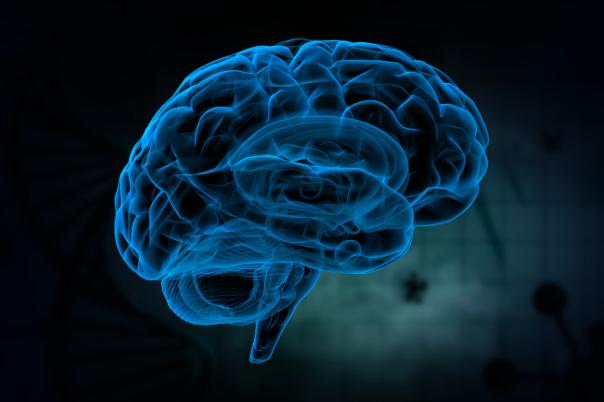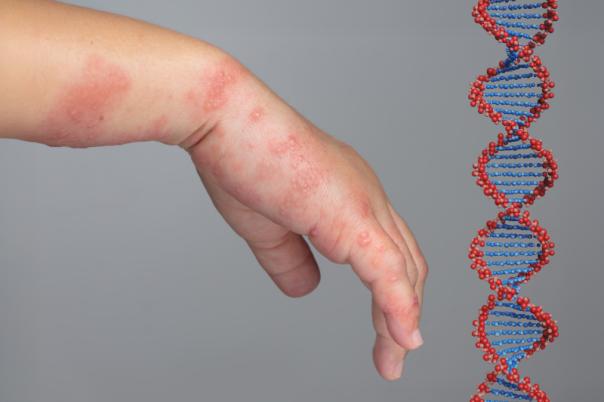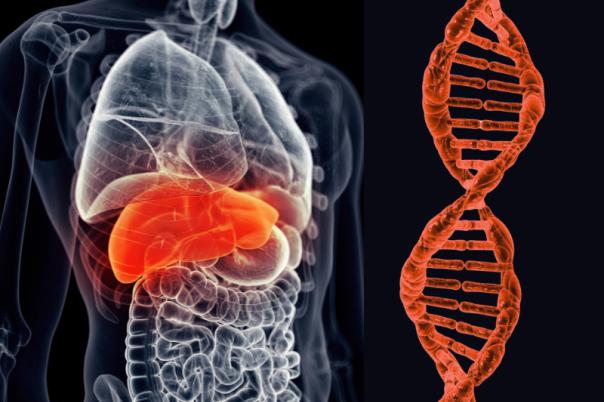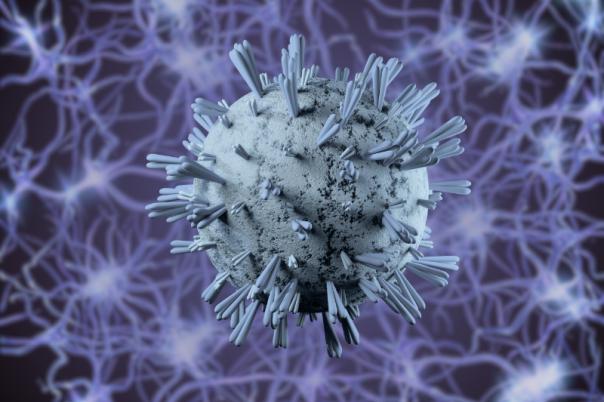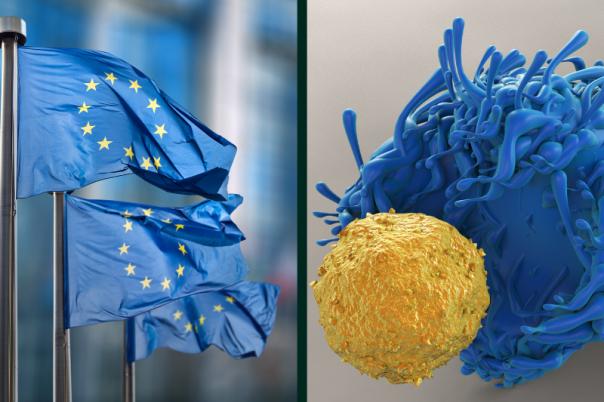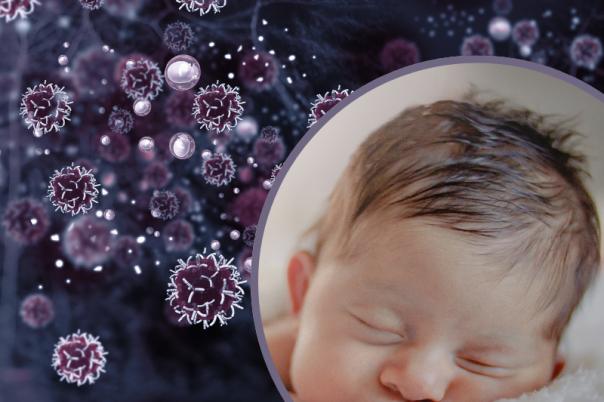Newborns with inherited disorders could have gene therapy delivered directly into their circulatory systems. Preclinical research has discovered a window when circulating stem cells are particularly susceptible to treatment.
Ex vivo gene therapies extract a patient’s stem cells and genetically modify them before reinfusing them to achieve therapeutic benefits. Although this procedure has led to clinical success, it is usually invasive and costly.
To surmount these barriers, researchers at the San Raffaele-Telethon Institute for Gene Therapy explored an alternative approach that directly injects LVs into the bloodstream. The decision to further investigate this approach was based on a vital observation that researchers made in mice.
A study published in Nature found that during the first two weeks of life, mice have significantly higher levels of circulating hematopoietic stem and progenitor cells (HSPCs) compared to adult mice. Taking advantage of this early postnatal window, researchers performed in vivo gene transfer in mouse models of three genetic disorders and observed a greater number of corrected stem cells and improved therapeutic outcomes in newborn mice.
Similar patterns of high HPSC presence have also been observed several months after birth in humans. These findings suggest that a potential comparable therapeutic window exists in humans. This could pave the way for less invasive early-life gene therapy approaches and bypass obstacles linked to ex vivo gene therapy.
Michela Milani, Researcher and Project Leader at San Raffaele-Telethon Institute for Gene Therapy said: “While the gene transfer efficiency currently remains limited as compared to established ex vivo treatments, it may be advantageous, if replicated in human babies, in some genetic diseases.” Milani continued: “Where the corrected cells have a selective advantage over the non-corrected ones and ex vivo gene therapy may be applied only to a fraction of patients.”

